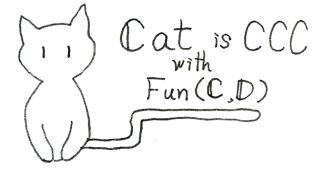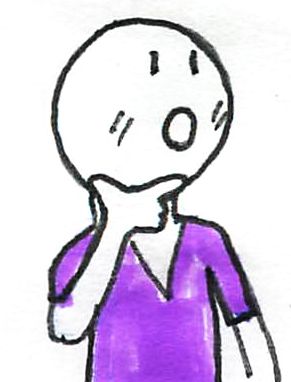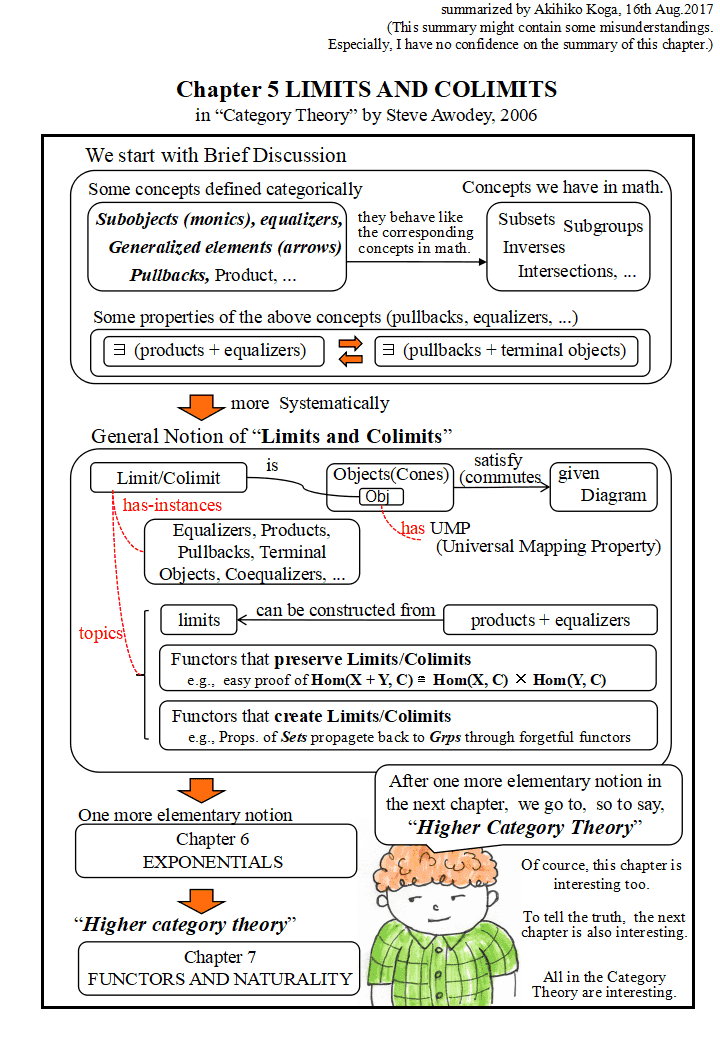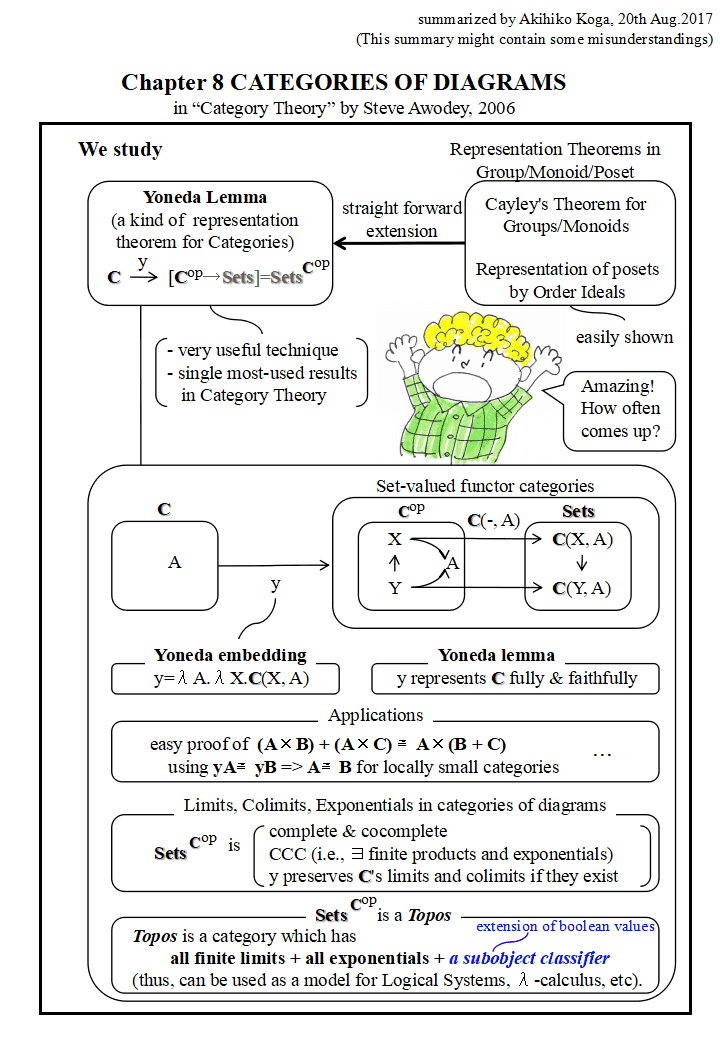
Related page : short explanation of Leinster's "Basic category theory"

This is a very good book, maybe easier than Mac Lane's "Categories for the Working Mathematician", still, full of rich topics and examples of the category theory, especially, in computer science.

The text book (2006 Version) can be accessed at
Weekly lecture notes are here.
PDF of the one page explanations is here
Maybe, UMPs (Universal Mapping Properties) are hard to understand for the first time. But, they are very important concepts through out the whole text. So, I recommend to study them again and again when you feel some troubles about the explanations involving UMPs. To imagine the following fact in our mind is useful to understand UMPs.
For a subset A of poset P, a maximum (minimum) element of A is uniquely determined if A has.
In addition, slice/coslice category, arrow category, a poset as a category (not Posets), a preordered set as a category are important more than novice leaners may think.
Here, roles and relations of objects and arrows to other objects and arrows are important, and "what "they" are" or "what they are made of" are not important. Such characterizations are "Abstract, Structural, Operational, Relational, External (v.s., Internal). In this chapter, we study the following concepts as such concepts.
"UMP: Universal Mapping Property" has already been introduced in chapter one (1.7 Free categories). But, many readers would have not recognized the concept was so important at chapter one. I recomend readers read the part "UMP" appeared in 1.7 repeatedly.UMP: Universal Mapping Property
Since the dual concepts are build by reversing arrows simply, readers might think the concepts built by such operations are trivial. But it(dualization) is indeed deep and powerful aspects of categorical approach to mathematical structures.
Indeed, some dual concepts seem very different from their original concepts. For example, in the category of sets, the arrows(function) are not synmetric along the direction. In the category Sets, while there is only one initial object, that is, the empty set., there are many terminal objects, that is, singleton sets. The product and coproduct (disjoint union) of Sets seem very different too.
We will focus on three different aspects.
We start with two topics. One is
representing mathematical concepts such as "subsets", "subgroups", "inverses", "intersections" in terms of category theory. To be more specific, we look
categorical concepts "subobjects", "equalizers", "generalized objects", "pullback",
"products". The other topics is seeing when we have products and equalizers in a category, we also have pullbacks and terminal objects in the category, and vice versa.
These topics are integrated into the theory of limits/colimits in the latter half of the chapter.

In the latter part of this chapter, limits/colimits are defined as objects which have UMP concerning given diagrams of objects and arrows. "Equalizers", "Products", "Pullbacks", "Terminal objects" are their instances. As topics of limits/colimits, the followings are shown.

In this chapter, first, some terminologies about functors, such as full, faithful, etc. are defined. Especially, the difference between fathful and injective on arrows is important. While an example of their difference is shown at the chapter, I add the another artificial example of their difference. It would be intuitive.
In this chapter, we study the construction of Fun(C, D), the category of all functors from a category C to another category D with arrows natural transformations between functors. This category is very important.
Now, I began to make the short explanation of "Chapter 9 Adjoints" and reallized the importance of this chapter "Naturality". If you feel difficulties in Chapter 8-10, it would be a good idea, to read this chapter again and again.

It is temporarily because it lacks the following necessary information.
Now, I am going to rewrite the figure. But I have not decided when I will do it. I may do other work first.
By the way, Adjoints means the situation that given two categories and functors from each category towards the other satisfy some conditions and they restrain each other.
I think this is the usual explanation. But I do not like this. I think we should focus on the common skeletal structure of the two categories.
After some preliminaries, "Monad", which represents a category of certain algebras, is defined as a endofunctor
T : C→Cwith two natural transformations satisfying unit and associative laws.
In this chapter, the relationship between adjoints and monad is explained, that is,
- If these is adjoints F -| U, T = UF is a monad, and,- If there is a monad T, we can construct adjoints F -| U such that T = UF by Eilenburg-Moore method or Kleisli method.
In this chapter, another category of algebras P-Alg(S), which is generated by an endofunctor
P : S → Sis also explained. P-Alg(S) is not always a monad. The condition for that P-Alg(S) is a monad, is shown.
Return to Let's Study Category Page (English)
Some links in my web-site related to this page (English)